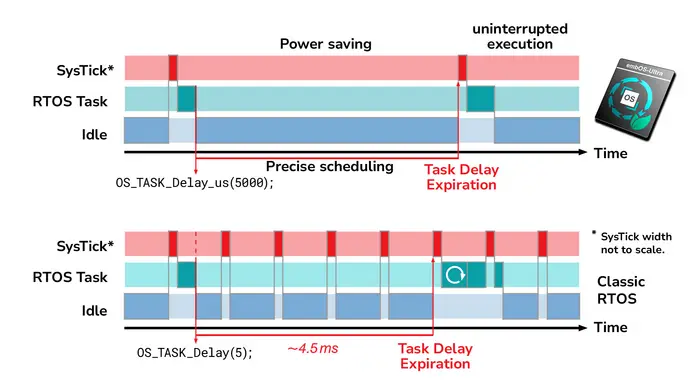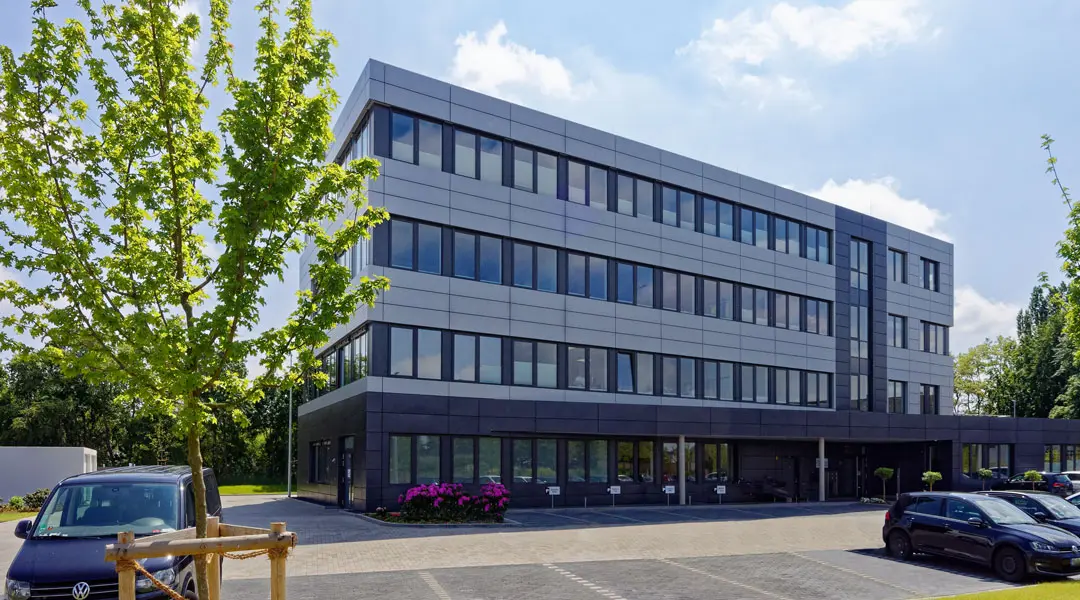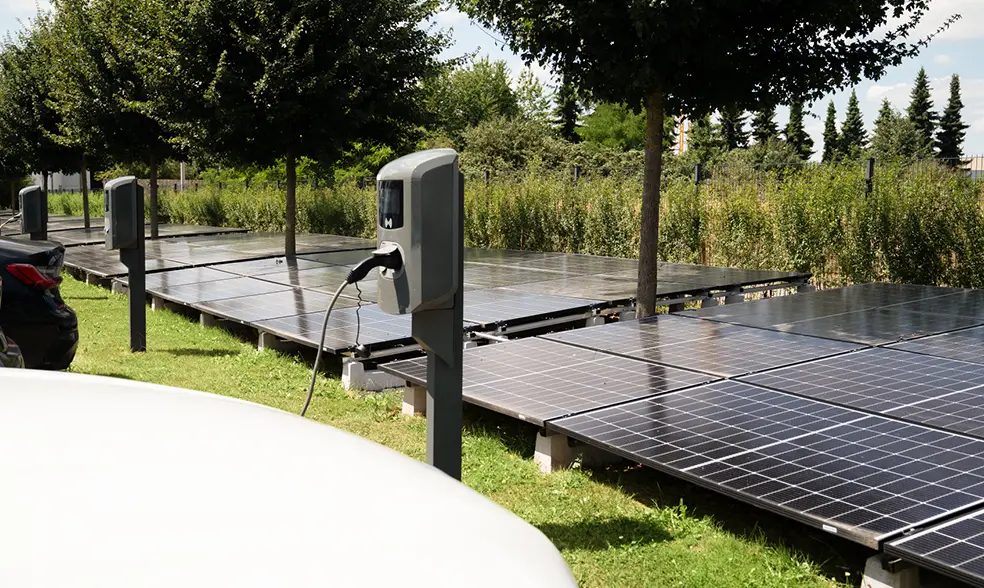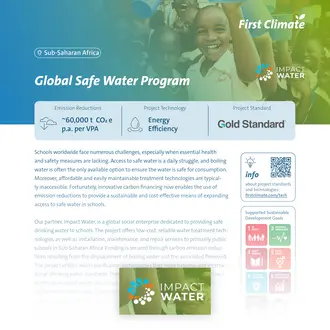Sustainability at SEGGER
A history of environmental consciousness and continual work in minimizing resources and energy consumed in both product production and use.
Designing embedded tools for sustainability
At SEGGER, sustainability isn't just a goal—it's integrated into the core of everything we do. Our embedded software helps customers design products that are both high performance and energy efficient, and the small memory footprints of SEGGER’s software components translate to chips and devices with significantly reduced energy consumption.
Powering the future with innovative software
When it comes to energy efficiency, innovation in software can be just as impactful as innovation in hardware. SEGGER software solutions are designed to optimize energy consumption at every level, from the smallest embedded device to the most complex systems.
embOS-Ultra: a revolutionary real-time operating system
A key SEGGER innovation, embOS-Ultra pushes the boundaries of energy efficiency in embedded systems. By utilizing Cycle-Resolution Timing and avoiding conventional system-tick interrupts, embOS-Ultra ensures that the processor remains in an energy-saving state for extended periods. This adaptive, dynamic scheduling minimizes unnecessary CPU wake-ups, drastically lowering energy consumption without compromising system performance.
Reducing power consumption for billions of devices
When scaled across billions of devices, even small reductions in power usage can lead to significant energy savings. For instance, SEGGER's J-Link debug probes have always been energy-efficient, and with the integration of embOS-Ultra, power consumption has dropped by an impressive 17%. All J-Links are USB powered and use less than 1 W, illustrating SEGGER's commitment to low-energy solutions.
No fan, no problem: SEGGER’s products don’t require fans, and yet the products themselves often consume less power than the fan alone in other competing devices.
Creating long-lasting hardware
SEGGER is known for engineering hardware that is high performance, long lasting, and resource efficient. All products are designed to minimize waste and maximize durability.
By using SEGGER software libraries to create the firmware for debug probes, trace probes, and production programmers, optimal resource efficiency is ensured in both design and manufacturing.
Reducing product sizes, maximizing energy efficiency
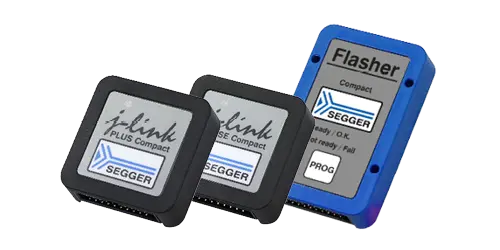
For even greater efficiency, SEGGER offers compact versions of its most popular hardware products. These smaller versions reduce resource consumption during production, minimize waste in packaging, and lower emissions from shipping.
The J-Link PLUS Compact and J-Link BASE Compact debug probes provide the same functionality as their Classic equivalents but in much smaller packages.
Similarly, the Flasher Compact is a full-featured in-circuit universal flash programming tool (ICP) in a housing with a base area smaller than that of a credit card.
Corporate carbon footprint

SEGGER has long been committed to reducing its environmental impact, and sustainability remains a focal point in every aspect of company operations. As part of this commitment, SEGGER regularly calculates its corporate carbon footprint (CCF), and these calculations are independently verified by TÜV Rheinland. Company scope 1 CO2e intensity (per unit of sales) has decreased by 42 % from 2020 to 2024, and further reductions are planned.
The CCF calculation and review report from TÜV Rheinland are available as downloads at the bottom of this page. These reports provide detailed information about SEGGER’s emissions as well as steps taken to offset them.
Sustainable offices and infrastructure
In 2018, SEGGER constructed its new headquarters using energy-efficient building materials and advanced heat-pump technology. In an effort to expand on its commitment to carbon neutrality, SEGGER installed a 66.4 kW photovoltaic power plant. This solar installation not only powers the building, it also supplies charging stations for 34 electric vehicles.
All new company vehicles are powered by either electric or hybrid technology, reinforcing SEGGER's commitment to sustainable transportation. Additionally, SEGGER provides a fleet of company bicycles for employee use.
SEGGER's second office building, completed in 2025, features a cutting-edge design that includes a solar-panel facade as well as additional solar panels on the roof. This innovative approach to energy generation significantly enhances the ability to supply company offices with power on site, which in turn supports the ongoing mission to reduce SEGGER's carbon footprint through energy efficiency.
Climate protection projects
While SEGGER’s emissions are already relatively low for our industry, we are committed to offsetting these emissions and supporting climate protection projects. One such project we support is the Global Safe Water Program.
Global Safe Water Program
The Global Safe Water Program is dedicated to providing affordable, reliable, and sustainable drinking water solutions to schools, particularly in Sub-Saharan Africa. By using carbon financing, the project offers low-cost water purification technologies to public schools without access to piped water or electricity. The systems eliminate the need for boiling water, which traditionally uses firewood, thus reducing carbon emissions and improving both health and safety in schools.
The program has already reached over 60,000 schools, benefiting more than 24 million people, and avoids more than 2 million tonnes of CO2 emissions annually. The project not only provides clean water, which is essential for health and well-being, but also generates socio-economic benefits, such as improved student attendance and new job opportunities. By the end of 2025, the project aims to expand its reach even further, positively impacting countless more schools and communities.
Supported sustainable development goals
Source: First Climate
Corporate carbon footprint reports
Review report
The review report by TÜV Rheinland verifies the calculations of SEGGER's corporate carbon footprints for the years 2022, 2023, and 2024:
Corporate carbon footprint calculations
For more information on the corporate carbon footprint calculations of the years 2020 to 2024, please see the detailed reports below.
Get in touch with us
Have questions or need assistance? Our Embedded Experts are here to help!
Reach out to us for:
- Licensing quotes
- Technical inquiries
- Project support
